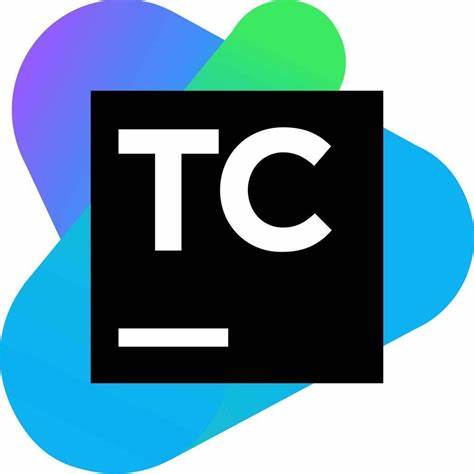Software released by Microsoft and other vendors is digitally signed so that users can validate that it really came from the vendor in question and that it has not been modified since the vendor created it.
However, hackers have figured out how to bypass the security provided by Microsoft’s digital signature verification process, allowing them to add malware while leaving the signature intact.
According to security firm Check Point, here is how the malware that they have detected works. The problem is, however, much bigger than this. Now that the technique is public, this could be used to modify any already signed software leaving the signature intact.
This particular attack begins by installing Atera software on a victim’s machine. Atera is a legitimate remote maintenance product (like Kasaya, which was compromised last year) used by Managed Service Providers (MSPs). In this case, the victim did not know that they were installing Atera; they thought they were installing a Java update.
Check Point is still trying to figure out exactly how the Atera software was deployed in this case, but in earlier cases, the hacker played a short click of adult content and then told the victim that they needed to install this Java update, which was really malware.
Once the Atera software is on the victim’s computer, the hacker tells Atera to download and run two batch files. One changes Window’s Defender’s preferences to not check certain folders and filetypes and the other installs the malware.
Next the attacker runs MSHTA with a particular DLL as the parameter. The catch is that the DLL had malicious scripts added to it. Due to an oversight by Microsoft, adding the script does not invalidate the signature.
Microsoft FIXED this bug in 2013 – that’s right, 9 years ago, but they changed it in 2014 after discovering that it broke some customer software. Microsoft, in its always effort to be customer friendly, decided to totally compromise their customers’ security rather than telling their customers to re-sign their software.
Now that decision is coming back to bite them in the ….. (fill in the blank).
It looks like the way their disabled it was to change the install of the fix (for CVE-2020-1599, CVE-2013-3900 and CVE-2012-0151) from mandatory to optional. As a result most users do not have it installed.
The fix is to install the update, understanding that it is possible that it might break some stuff: Microsoft Security Advisory 2915720 | Microsoft Docs .
Credit: MSN and Dark reading




